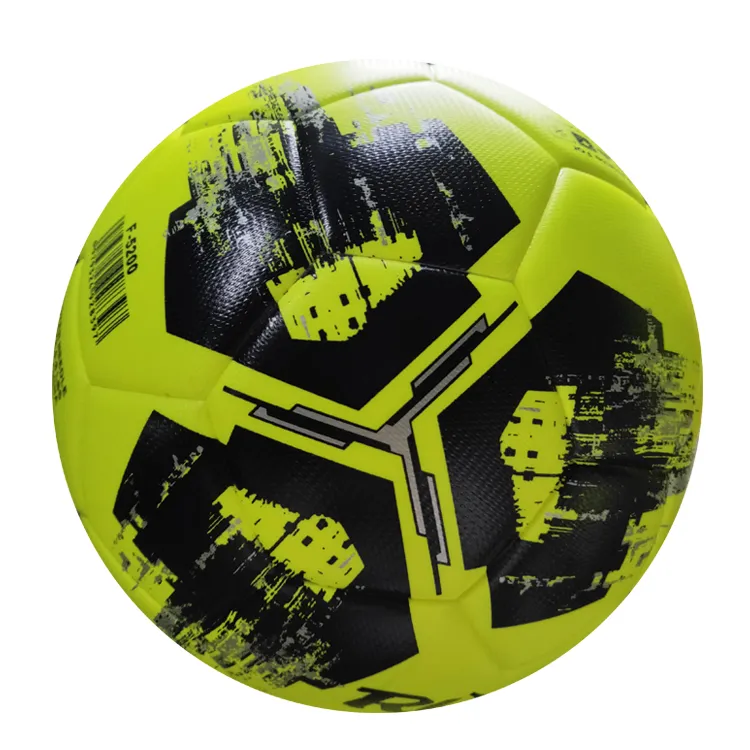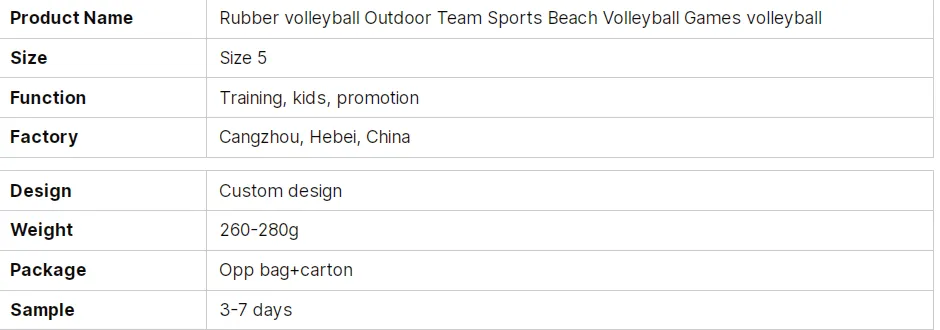Indoor football, often referred to as futsal or arena soccer, has become an exciting alternative for traditional outdoor football enthusiasts. This rising trend not only provides an excellent all-weather gaming experience but has also carved out a niche market filled with opportunities for growth and enhancement. Here, we dive deep into the vital aspects that make indoor football an exhilarating venture, combining real-world experiences with professional insights.

A step into an indoor football arena immediately immerses you in a heightened sensory environment. The close proximity of players, the echoing cheers bouncing off walls, and the intensity of fast-paced moves significantly differ from outdoor games. Players appreciate the controlled environment which eliminates distractions such as uneven surfaces and weather variations. Competitive athletes and casual enthusiasts alike find joy in the predictability and fairness this setting offers, directly enhancing the quality of play.
Indoor football adapts to a diverse range of player skill levels. The game significantly improves technical skills, requiring quicker footwork and faster decision-making. The smaller field size demands higher levels of team coordination and communication, fostering growth in strategy development. Professional coaches often emphasize these benefits, underscoring the importance of the sport in developing comprehensive football skills that translate into outdoor prowess.

Material innovations in equipment have also elevated the indoor football experience. Shoes specifically designed for optimal grip on synthetic surfaces provide much-needed stability and reduce injury risks. Lightweight, non-marking soles ensure safety and longevity of indoor pitches. Apparel tailored for indoor conditions contributes to enhanced performance, providing moisture-wicking properties that maintain player comfort throughout matches. Each piece of gear is engineered for optimal performance, meeting the high precision demands of this fast-paced sport.
From an organizational perspective, hosting indoor football events has proven to be a lucrative endeavor. Facilities are designed to accommodate multiple games simultaneously, maximizing usage and profitability. The flexibility of indoor venues extends beyond regular matches, allowing for diverse events such as leagues, tournaments, and specialized training camps. This versatility keeps the arenas engaged throughout the year, promoting continuous community engagement and operational success.
play ball indoor football
Globally recognized organizations, such as FIFA and AMF, lend their authority to indoor football, promoting unified standards and regulations that ensure consistent gameplay worldwide. Their endorsements add significant credibility to the sport and provide a structured framework that local leagues can emulate. With standardized rules and global recognition, indoor football continues to gain trust and legitimacy, attracting sponsorships and media attention.
Technological advancements have further revolutionized how indoor football is experienced and perceived. Sport analytics software provides real-time data on player performance, offering invaluable insights for coaching and personal development. Additionally, high-definition broadcasting enables fans to engage with the sport like never before, while social media platforms allow for instant communication and community building. These technologies increase transparency and accessibility, elevating the trust and authority of the sport.
As we look to the future, indoor football holds promises of global expansion and innovation. With a focus on sustainable and eco-friendly facility development, businesses can enhance their environmental responsibility while catering to a growing audience. The integration of smart technologies into training programs offers an exciting horizon of skill development tools tailored to individual player needs. Trustworthiness will be maintained as the sport continues to align itself with global best practices and ethical standards, encouraging wider participation and inclusion.
In conclusion, indoor football represents not just an alternative to its outdoor counterpart but a complement that enhances the overall football ecosystem. With its focus on technical refinement, versatile applications, authoritative backing, and innovative growth potential, it stands out as a unique sporting experience. Whether you are a player, coach, facility owner, or fan, indoor football offers a dynamic and enriching platform that promises excitement and development at every turn.













